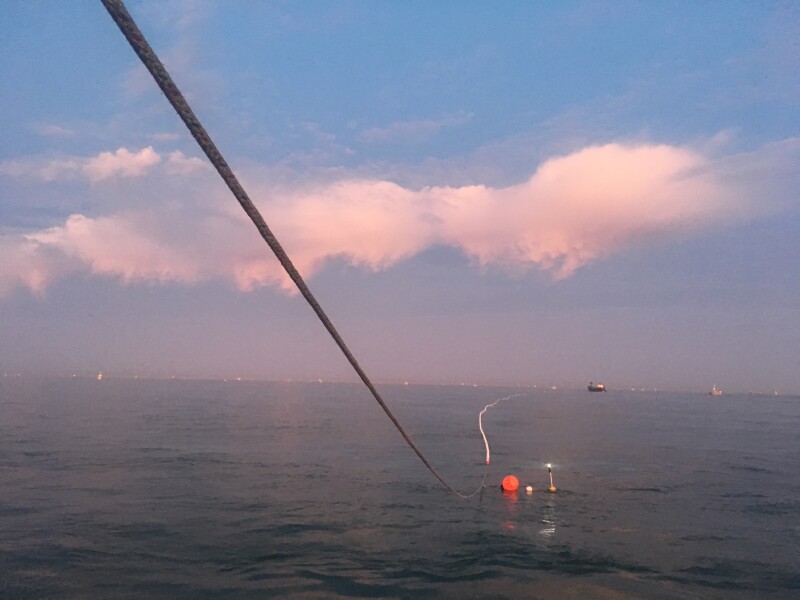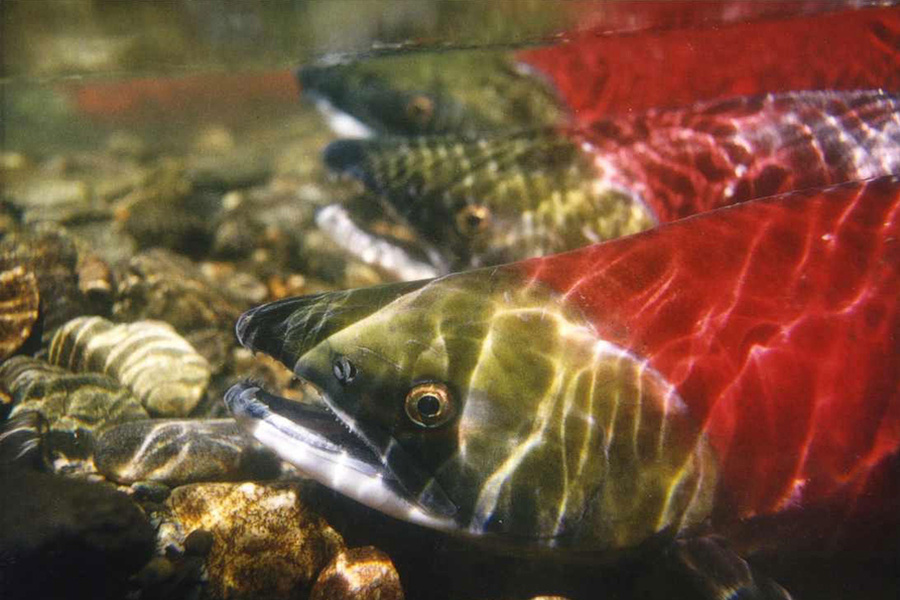Bristol Bay last season was complete madness. The final count on sockeye, including numbers from Area M on the South Peninsula, came in at over 82 million fish. And even more impressive, said University of Washington fisheries biologist and Bristol Bay savant Daniel Schindler, was the harvest.
“Obviously the total run was phenomenal, but the catch was even more incredible. To be able to catch and handle over 60 million fish is hard to believe,” Schindler said recently.
Just a few years ago a catch of 60 million fish was not even in the conversation. In fact, the total run in Bristol Bay eclipsed 60 million for the first time in 2018, and last year’s harvest was 170 percent above the average harvest since 1962.
The abundance is a boon for the industry, but it also comes with complications and a certain amount of chaos. Fishermen were taxed to the limit while processors, already struggling with labor shortages, faced logistical challenges from the massive number of fish. On the marketing end, the industry is now tasked with moving a far larger pack than normal.
So what can we expect next season? If the forecast holds true, Bristol Bay may be in for a more sane season that still yields a strong run of 51 million sockeye with a lot of large fish.
Schindler noted that many of the mega-runs over the last decade have been driven by large numbers of “2-ocean” fish, that is, salmon that have lived two years in the open sea before returning to the bay.
While 2-ocean sockeye are fine, they are smaller, averaging 4 to 5.1 pounds over the last 20 years, according to data provided by the University of Washington’s Alaska Salmon Program.
These smaller fish tend to run hard in dense schools along the shore. Fishing them in the shallows is tricky business, and getting them out of the net can be a nightmare. Moreover, the big runs have an inverse relationship with sockeye size for their age.
“The fish for their age were the smallest on record last year. The 2- and 3-ocean fish (on their third year at sea) were either record small or close to record small and that’s simply because there are so many of them,” Schindler said.
Competition for food is the main culprit, and Schindler pointed out that sockeye are not just competing with their own species.
“The best predictors of fish size are two things. First, how many sockeye are coming back to Bristol Bay and also how many pink and chums are out there. Last year of course was the record year, and so there were lots of hungry mouths, and the previous year was a record pink year on a Pacific-wide scale,” he said.
A smaller run in 2023 should mean the fish are bigger for their age class, and the prediction is calling for over 50 percent 3-ocean fish, which average 5.5 to 7.5 pounds. This is good news for fishermen and processors as 3-ocean fish fill up brailer bags faster and look good bedded on ice at the seafood counter or slung across a grill.
District by district breakdowns are far more difficult for biologists to predict than the fishery-wide run, but the Alaska Department of Fish and Game thinks the Naknek-Kvichak district in particular should see a healthy plug of lunkers, with 10 million of its predicted 18.86 sockeye forecasted to be 3-ocean fish.
Biologists say the Nushagak district will see over 8.5 million 3-ocean fish. Those will range from those that have spent one year in freshwater and three years, called 1.3s, 2.3s, and another 324,000 of the rare 1.4s.
Nearly 8 million of the 11.42 million forecast for the Egegik district are expected to be 3-ocean fish. Bay-wide, 55 percent – some 28.41 million fish – are forecast to be 3-ocean fish.
While none of these numbers add up to record-smashing volumes like last season, or the season before that, they should add up to good steady fishing of some nice fat sockeye, and that might sound just fine to many in the industry.








